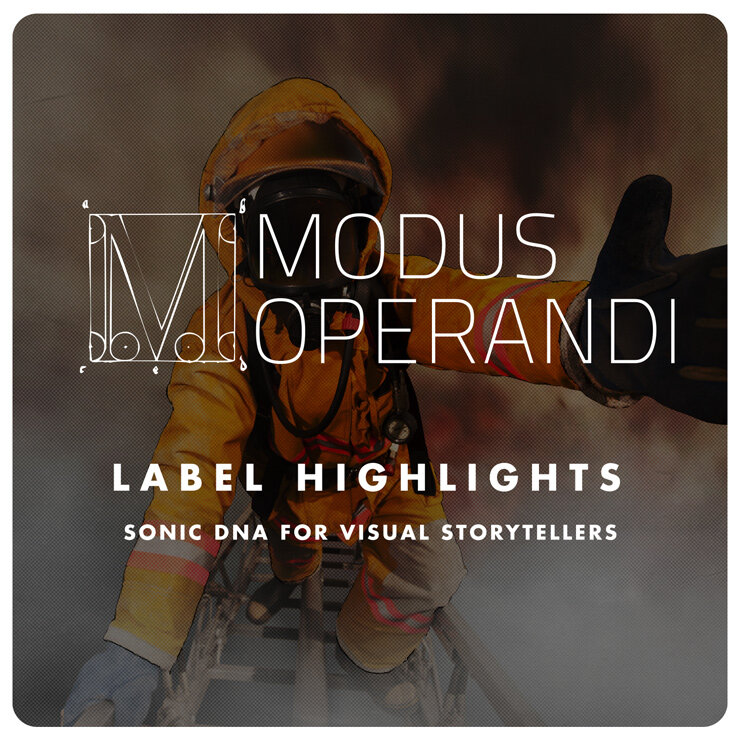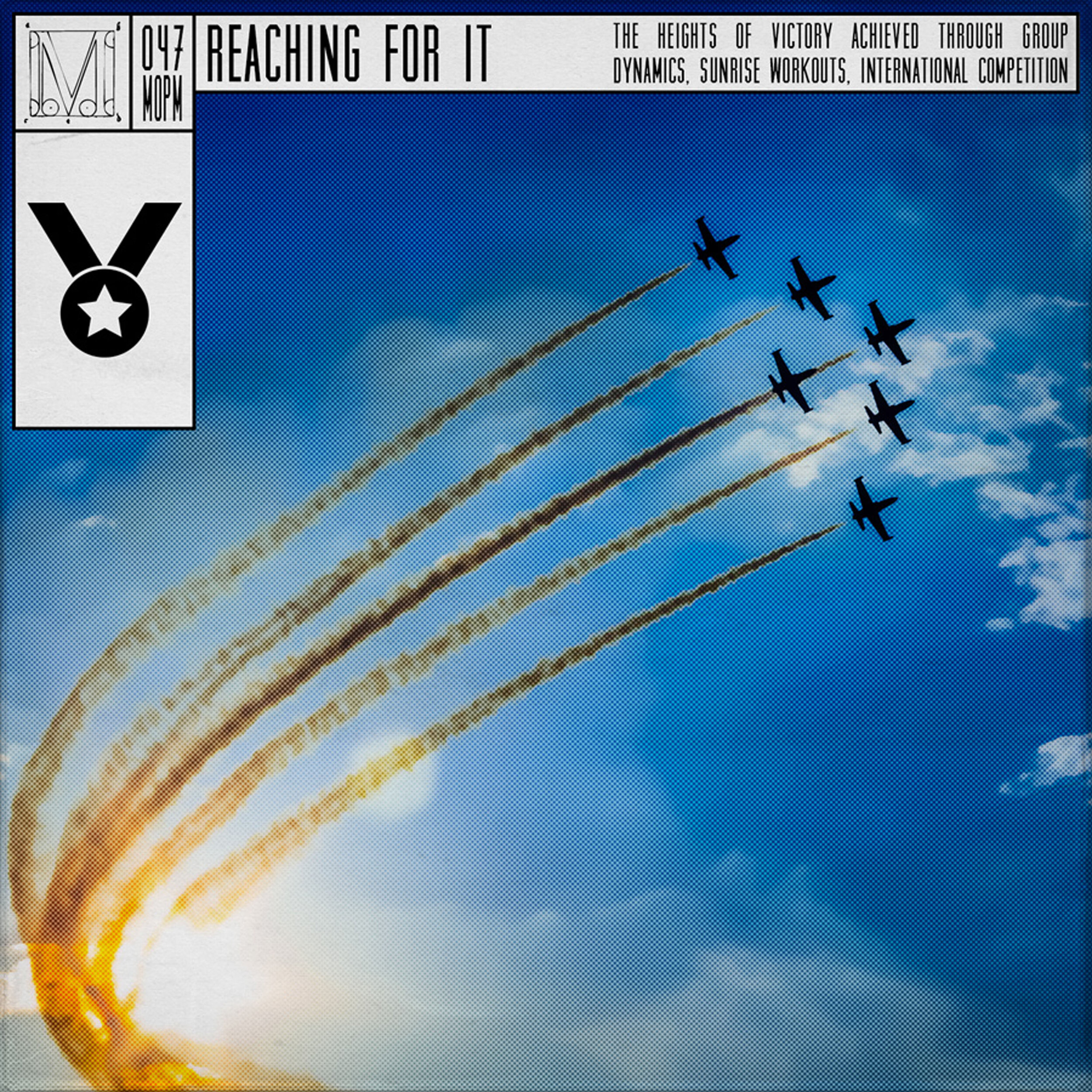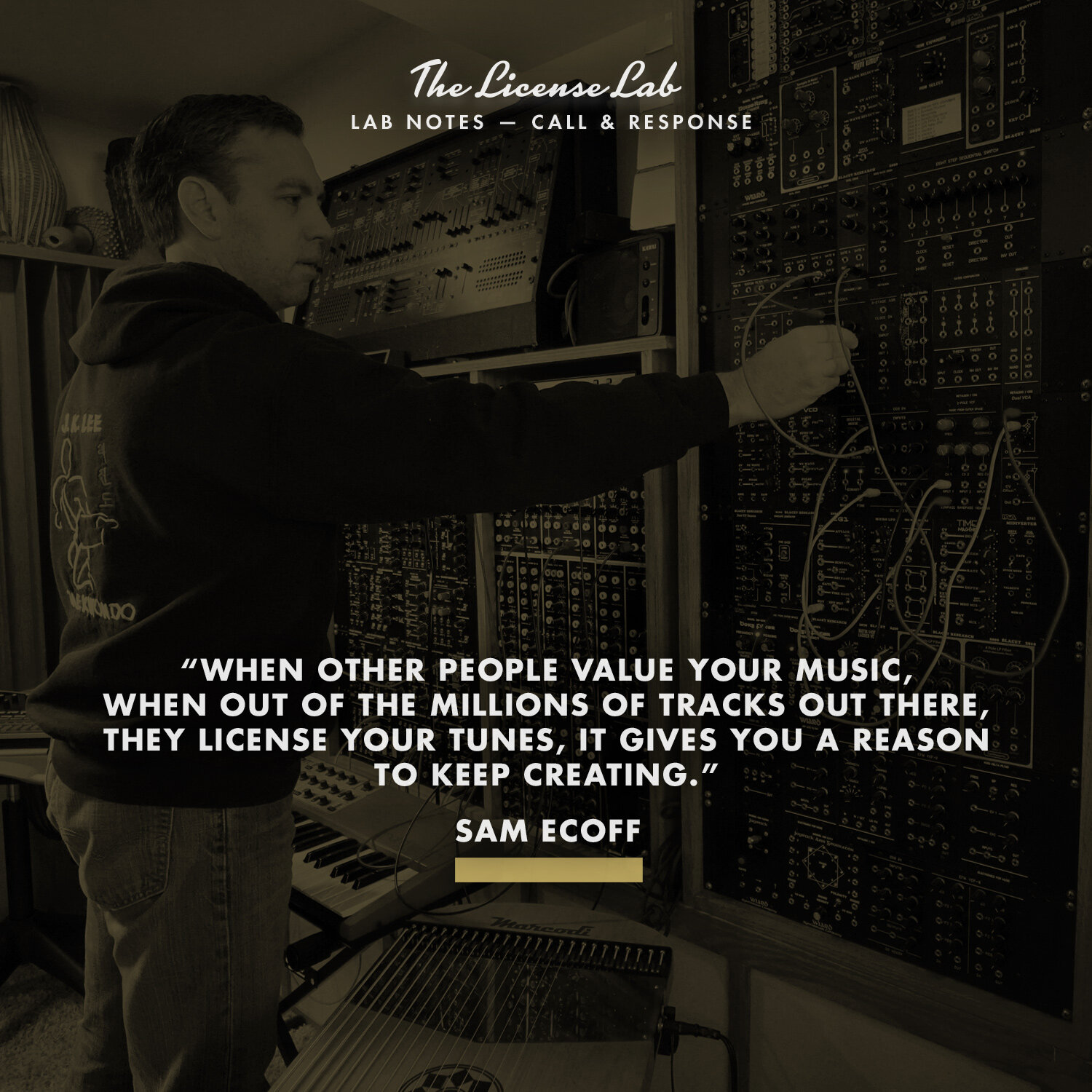Virtual Crate Digging: Taking Flight
Folks are always asking about what’s new and upcoming but, as shown by the vital and venerable culture of crate digging, looking backwards can also yield unexpected results and reveal hidden gems. And boy oh boy do we have some hidden gems. Let’s dig through our virtual bins of vinyl and see what we find.
Clear Concept, Genuine Inspiration
Searching through the Modus Operandi Production Music (MOPM) label is a very different adventure. The covers, titles, and descriptions highlight the clear concepts and unmistakable applications that each album contains, so there isn’t always a lot of mystery when perusing the virtual crate bins. But that’s exactly the way it was designed.
Part of what sets MOPM apart is the high level of execution, taking the seemingly commonplace production music moods, genres, and tropes (and some not-so-common ones as well), and transforming them into something inspiring.
And that’s where you find the hidden gems of Modus Operandi. Look past the obvious to find legit sonic inspiration.
Featuring string players from the Milwaukee Symphony Orchestra, the soaring scores of Taking Flight (MOPM-046) take a concept that’s so often overdone and create truly compelling and uplifting music. We’re talking genuine human emotion with genuine human performances. Music by humans… who woulda thunk?
The album opens with “The Greatest Discovery,” a hopeful track with subtle rhythmic pulses, melodic horn lines, and an inspiring piano lead. With dynamic shifts that stay well clear of any bombastic moments, it instead retains a pensive determination that comes before facing a new challenge. The forward movement and clear edit points make this an understated win.
As with all MOPM releases, each and every song has at least two others on the same album that have been intentionally written with the same fundamental building blocks of musical key and tempo (or bpm). Zooming in on two tracks that are both in the key of G and have a BPM of 110, “Lights Come On” and album closer “In The Here And Now” are a clear illustration of just how versatile this innovative technique of crafting production music is. The themes echo each other and connect in a way that makes any long form edit as easy as pumpkin pie. It can keep your edit fresh and evolving, no longer needing to recycle or loop the same 2 minute segment for a 10 minute project. Instead, there are multiple tracks with alternate versions and related stems that provide nearly endless possibilities for any editor.
A concept as clear as Taking Flight would be easy to overlook unless you’re searching for exactly that mood. But this otherwise hidden gem is a shining example of the high execution of that mood while demonstrating the powerful production technique that is a vital part of the DNA of every MOPM album.
Epilogue: I’ve known about these aspects of Modus Operandi since I started, but I’m repeatedly amazed each time I zoom in on an album and listen to the related tracks as they play together. And yes, this is me patting ourselves on the back.



